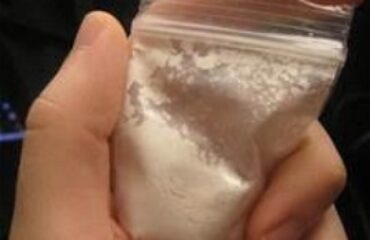
UV Safety Month is observed every July to raise awareness about the harmful effects of ultraviolet (UV) radiation and promote practices that help protect the skin and eyes. Approximately 1 in 5 Americans, or about 20% of the population, will develop skin cancer at some point in their lives. UV rays (UVA and UVB) can penetrate clouds, water, snow, and windows. UV rays are strongest between 10 a.m. and 4 p.m., even on cloudy days. Overexposure may lead to sunburn, premature aging, cataracts, and an increased skin cancer risk. While sunlight provides essential vitamin D and boosts mood, overexposure to UV rays significantly increases the risk of skin cancer, eye damage, sunburn, premature aging, and cataracts. This month encourages daily UV-conscious habits to reduce both immediate and long-term harm.
One of the most effective defenses is using a broad-spectrum sunscreen (such sunscreens protect against both UVA and UVB rays) with an SPF of at least 30. It should be applied generously to all exposed areas: face, ears, neck, and even lips (with SPF lip balm) about 15 minutes before sun exposure. Reapplication is crucial: every two hours, or immediately after swimming or sweating. Wearing protective clothing like wide-brimmed hats, long-sleeved shirts, and UV-blocking sunglasses can further reduce your risk. For children, sun safety is even more crucial, as just a few serious sunburns early in life greatly increase their risk of skin cancer later. Many people underestimate usage, so try using about one ounce per full-body application or roughly the amount that fills a shot glass. Remember “Slip, Slop, Slap, Seek, and Slide” -slip on cover clothing, slop on sunscreen, slap on a hat, seek shade, and slide on sunglasses.
Using the UV index (a daily rating of ultraviolet radiation levels) can help you plan your outdoor activities wisely. A UV index of 6 or higher means extra caution is needed, and shade or indoor activities may be the safer option. When outdoors, seek shade under umbrellas, trees, or awnings whenever possible- especially during peak sunlight hours. Water, sand, and concrete all reflect UV rays, which can intensify your exposure even when you’re not directly under the sun. Finally, don’t forget about eye safety. UV exposure can contribute to cataracts, macular degeneration, and other serious eye conditions. Choose sunglasses labeled “100% UV protection” to block both UVA and UVB rays; ideally, wraparound style to block side exposure. Even contacts with UV lenses don’t replace the need for sunglasses. Practicing sun safety is a simple yet powerful habit that protects your long-term health. By incorporating these tips into your daily routine, especially during UV Safety Month, you can enjoy the outdoors while reducing your risk of harmful UV damage.






